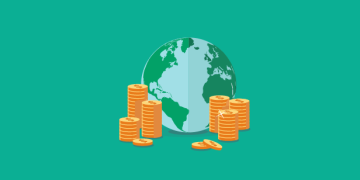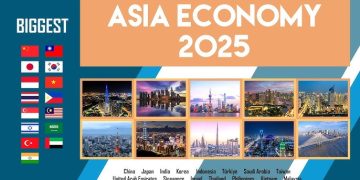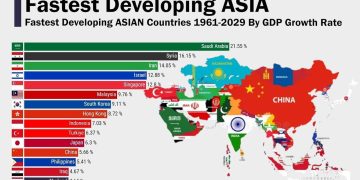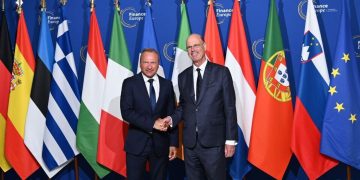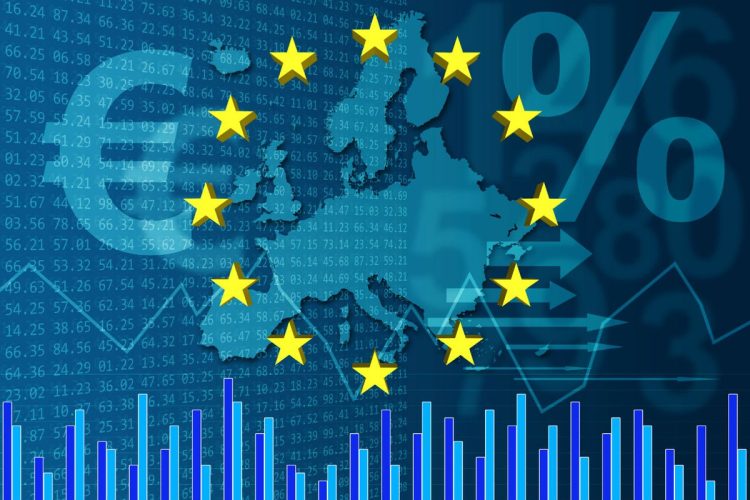Sluggish Europe: Why Growth Has Stalled and What It Means
Over the past two years, Europe’s economic engine has shown visible signs of fatigue. Once buoyed by post-pandemic recovery and generous fiscal stimulus, the continent now finds itself wrestling with stagnation, weak demand, and persistent inflationary pressures. GDP growth across the Eurozone remains anaemic—barely hovering above zero in several major economies such as Germany, France, and Italy. For many economists, this marks not a temporary slowdown but the start of a structural deceleration, reflecting deep-seated weaknesses in Europe’s competitiveness, productivity, and energy security.
1. The Post-Pandemic Hangover
Europe entered 2024 with optimism. Supply chains were recovering, tourism was rebounding, and labor markets remained resilient. Yet, as the effects of COVID-era stimulus faded, so too did consumer confidence. Households faced high costs of living, and businesses suffered from falling real incomes and rising interest rates. The European Central Bank (ECB), battling inflation above its 2% target, was forced to maintain a restrictive monetary stance far longer than anticipated.
This combination—tight monetary policy and fiscal retrenchment—effectively strangled short-term growth. Economies like Germany, heavily reliant on industrial exports, saw output contract under pressure from high energy prices and weakening Chinese demand. Meanwhile, southern European countries, though benefiting from tourism, could not offset continent-wide stagnation.
2. Structural Weaknesses Resurface
Europe’s slowdown is not just cyclical—it’s structural. Productivity growth has remained stagnant for more than a decade, particularly when compared to the U.S. and parts of Asia. Investment in digital infrastructure and innovation lags behind, while regulatory fragmentation continues to limit cross-border scalability for startups and emerging industries.

Moreover, demographic decline—an aging population combined with low birth rates—reduces the labor supply and raises fiscal burdens on healthcare and pensions. As one European economist quipped, “Europe is growing older faster than it is growing richer.”
3. The Energy Factor
The energy crisis triggered by the Russia-Ukraine conflict has fundamentally altered Europe’s industrial landscape. Despite significant progress in diversifying energy imports, the cost of energy in Europe remains far higher than in the U.S. or China. This erodes the competitiveness of energy-intensive sectors like chemicals, metals, and automotive manufacturing.
While the push toward renewables is commendable, the transition is uneven. Some regions have achieved substantial decarbonization; others remain dependent on imported gas. The European Green Deal aims to create a more resilient, sustainable economy, but in the short term, the green transition also raises production costs and complicates supply chains.
4. The Shadow of Geopolitics
Europe’s economic outlook is also constrained by geopolitical uncertainty. The ongoing war in Ukraine, strained relations with China, and the evolving transatlantic relationship all weigh heavily on trade and investment. As the U.S. pursues industrial policy through the Inflation Reduction Act (IRA), European firms worry about losing competitiveness and capital outflows to more attractive investment environments overseas.
The EU’s response—through initiatives like the European Sovereignty Fund and industrial support for green technologies—remains fragmented. Without greater fiscal coordination, national-level policies risk undermining collective goals.
5. The Social Dimension
Behind macroeconomic statistics lies a growing social unease. Income inequality and cost-of-living crises have fueled political fragmentation, strengthening populist movements across Europe. Governments face increasing pressure to balance fiscal prudence with social protection, while public sentiment grows wary of Brussels’ bureaucratic constraints.
This political tension further complicates decision-making at the EU level. Ambitious reforms—on energy, defense, and fiscal integration—require consensus, but consensus is harder to achieve in a polarized environment.
6. Looking Forward: A Fork in the Road
Europe stands at a crossroads. It can either embrace bold structural reform—investing in innovation, digital transformation, and unified fiscal frameworks—or risk a “lost decade” of stagnation. The potential for a mild rebound in 2025 exists, driven by easing inflation and cautious rate cuts, but without renewed competitiveness, growth will remain fragile.
The continent’s future hinges on whether it can translate its regulatory strength into industrial dynamism. Europe remains a global standard-setter in sustainability and digital ethics, yet it must now learn to combine those values with speed, scale, and risk-taking—the very qualities that have powered other global economies.
Conclusion
The European story today is one of contrasts: technological ambition versus bureaucratic inertia, social cohesion versus political fragmentation, and long-term vision versus short-term pressures. Growth may have stalled, but it is not lost. Europe’s challenge lies not in finding demand but in rediscovering its capacity to adapt—to turn structural constraints into opportunities for reinvention.





